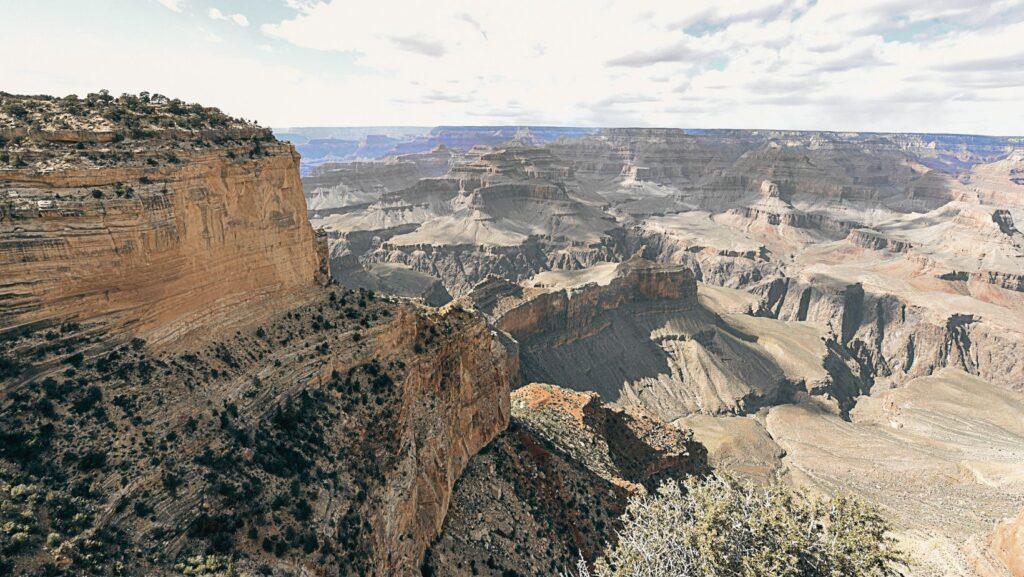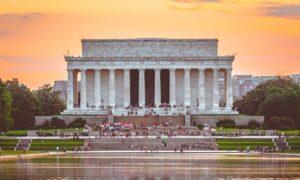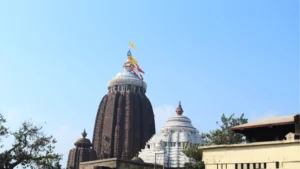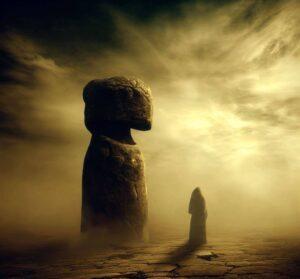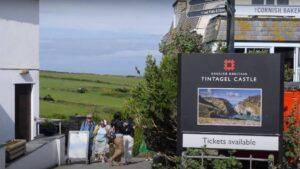Have you ever dreamed of visiting the Grand Canyon, one of the most spectacular natural wonders of the world? If so, you’re not alone. Every year, an immense number of individuals come rushing to this breathtaking location, eager to experience its captivating beauty, rich history, and thrilling adventures.
But how do you plan a trip to this vast and diverse park? What are the top sights and experiences to explore? Where should you stay and when should you go? We’ll answer all these questions and more. We’ll give you a comprehensive guide to Grand Canyon National Park, covering everything from when to visit and what to see to where to stay and what to do.
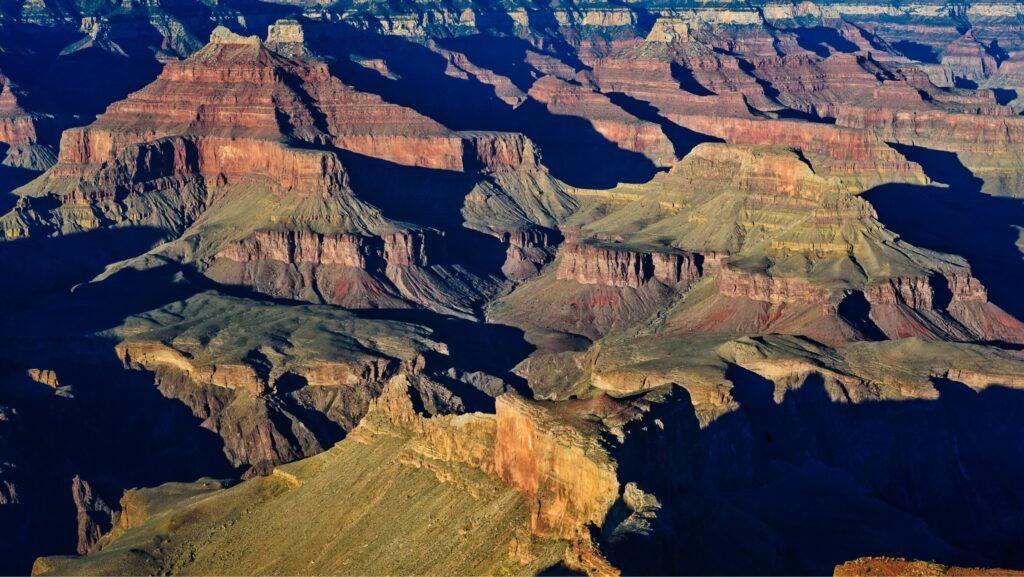
The Grand Canyon is a wonder of nature that draws millions of visitors. It is a massive gorge carved by the Colorado River over millions of years, exposing layers of rock that reveal the geological history of the Earth. The Grand Canyon National Park, located in Arizona, encompasses 277 miles of the canyon and offers spectacular views, hiking trails, camping sites, river trips, and more.
Whether you are looking for adventure, relaxation, or education, you will find something to suit your interests and abilities in this amazing park. Here are some tips and suggestions on how to plan your visit and make the most of your time at one of the world’s wonders.
The Best Time to Go to the Grand Canyon National Park
The Grand Canyon National Park is open all year round, but the best time to visit depends on what you want to do and see. The South Rim and the North Rim are the two main areas of the park. The South Rim is more accessible and popular, with more facilities and services.
It is open 24 hours a day, every day of the year. The North Rim is more remote and less crowded, with fewer facilities and services. It is open from mid-May to mid-October, depending on weather conditions.
The weather at the Grand Canyon varies greatly depending on the elevation and season. The South Rim has an average elevation of 7,000 feet, while the North Rim has an average elevation of 8,000 feet. The canyon floor has an average elevation of 2,500 feet.
The temperature can change by as much as 20 degrees Fahrenheit between the rim and the floor. The summer months (June to August) are hot and dry, with temperatures reaching over 100 degrees Fahrenheit at the bottom of the canyon.
The winter months (December to February) are cold and snowy, with temperatures dropping below freezing at the rim. The spring (March to May) and fall (September to November) are mild and pleasant, with moderate temperatures and fewer crowds.
Best Time to Visit the Grand Canyon
The best time to visit the Grand Canyon is different for everyone, depending on their preferences and activities. If you want to hike or camp in the canyon, avoid the summer heat and winter cold, and opt for spring or fall.
If you want to raft on the Colorado River, go between April and October for warm and sunny days. If you want to drive or bike along the scenic roads, go in any season but be prepared for possible road closures in winter. If you want to enjoy the views and take photos, go in any season but avoid midday when the sun is high and the colors are washed out.
What to See Grand Canyon:
The Grand Canyon is a feast for the eyes, with stunning vistas, colorful rock formations, diverse ecosystems, and rich cultural heritage. There are many ways to see and experience the canyon, from overlooks and trails to boats and helicopters.
These are some of the highlights that you should not skip:
Mather Point
Mather Point is one of the most popular and accessible viewpoints on the South Rim of the Grand Canyon National Park. It is named after Stephen Tyng Mather, the first director of the National Park Service and a champion of conservation and public lands.
From Mather Point, you can enjoy a stunning panoramic view of the canyon, the Colorado River, and several landmarks, such as Phantom Ranch, Bright Angel Trail, and Zoroaster Temple. Mather Point is also a great spot to watch the sunrise and sunset over the canyon, as the changing light creates dramatic colors and shadows on the rocks.
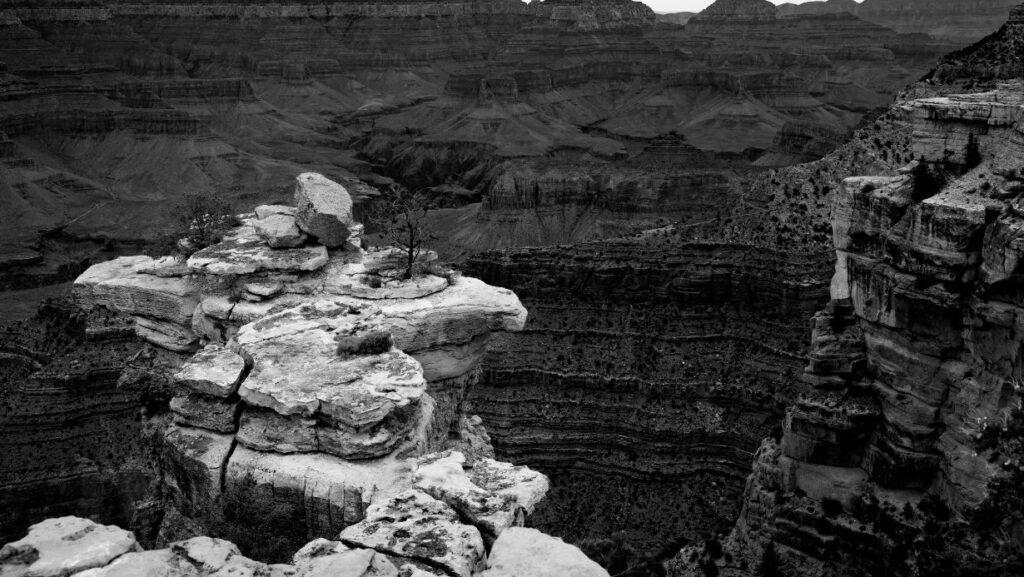
- Best time to visit Mather Point:
The timing of Mather Point depends on what you want to see and do at this popular viewpoint on the South Rim of the Grand Canyon National Park. There is no time limit for Mather Point, it is always open. - It is free to visit with your park entrance fee or pass. However, it can get very crowded during peak seasons and hours, so you may want to arrive early or late to avoid the rush. You may also want to bring water, snacks, sunscreen, hat, sunglasses, and layers of clothing to be comfortable and prepared for your visit.
Bright Angel Trail
Bright Angel Trail is one of the most popular and challenging hiking trails in the Grand Canyon National Park. It starts from the South Rim and descends 4,380 feet to the Colorado River, passing through several geological layers, historic sites, and scenic viewpoints. It is also one of the few trails that has water sources along the way, making it a safer and more comfortable option for hikers.
It is still a strenuous and long hike that requires proper preparation, planning, and fitness. Hikers can choose from different destinations and durations, depending on their abilities and interests. Bright Angel Trail offers a rewarding and memorable adventure that lets hikers experience the beauty and diversity of the Grand Canyon from different perspectives.
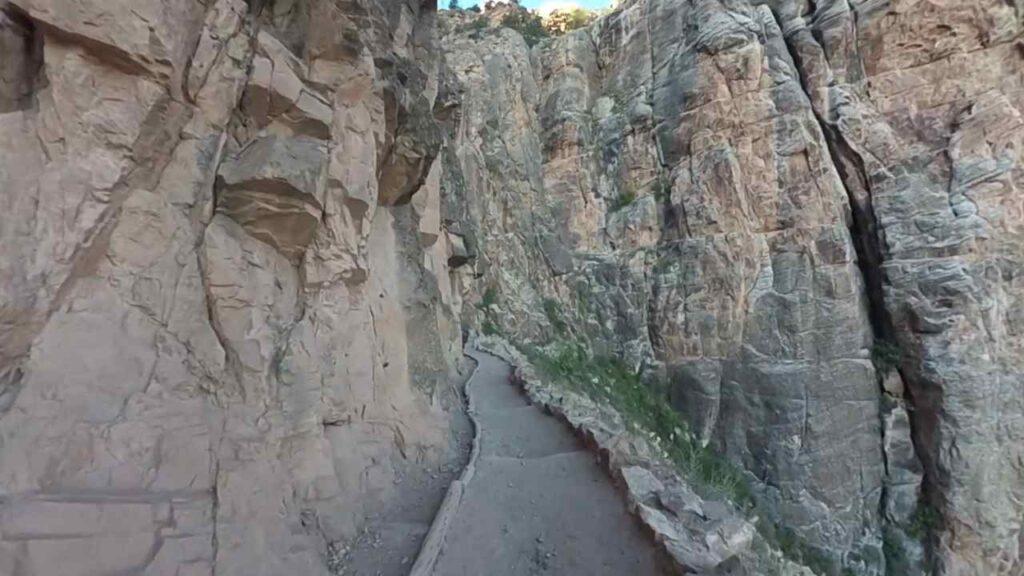
- Best time to visit : Bright Angel Trail is open all year round, but the best time to hike it depends on your preferences and abilities. The summer months (June to August) are hot and dry, with temperatures reaching over 100 degrees Fahrenheit at the bottom of the canyon.
- You need to start early in the morning, carry plenty of water and electrolytes, wear sunscreen and hat, and avoid hiking during midday. The winter months (December to February) are cold and snowy, with temperatures dropping below freezing at the rim. You need to wear warm layers, traction devices, and hiking poles, and be prepared for icy conditions on the upper part of the trail. The spring (March to May) and fall (September to November) are mild and pleasant, with moderate temperatures and fewer crowds.
Desert View Watchtower
This is a 70-foot tall stone tower built in 1932 by architect Mary Colter to resemble an ancient Puebloan structure. It is located on the eastern end of the South Rim and offers a 360-degree view of the canyon and beyond. It also houses murals by Hopi artist Fred Kabotie depicting Puebloan culture and history.
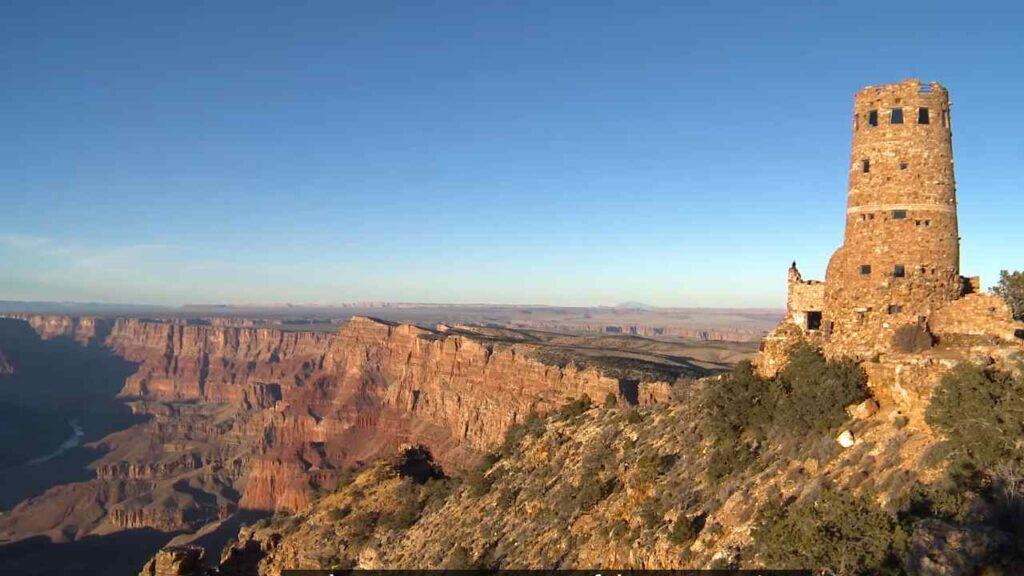
- Best time to visit: The best time to visit Desert View Watchtower is during either the spring or autumn shoulder season, when temperatures are cool and summer crowds have thinned.
- The watchtower has cultural and ranger programs from time to time, so see the calendar before your journey. For photographic purposes, the morning is the best time, when the sun will light up everything in front of you. The watchtower is open from 8 a.m. to 6 p.m. daily, but the tower stairs remain closed.
North Kaibab Trail:
This is the only maintained trail from the North Rim to the bottom of the canyon. It is 14 miles long one way and takes two days to complete with an overnight stay at Bright Angel Campground or Phantom Ranch. It crosses several bridges over Bright Angel Creek and Roaring Springs Canyon and offers diverse scenery along the way.
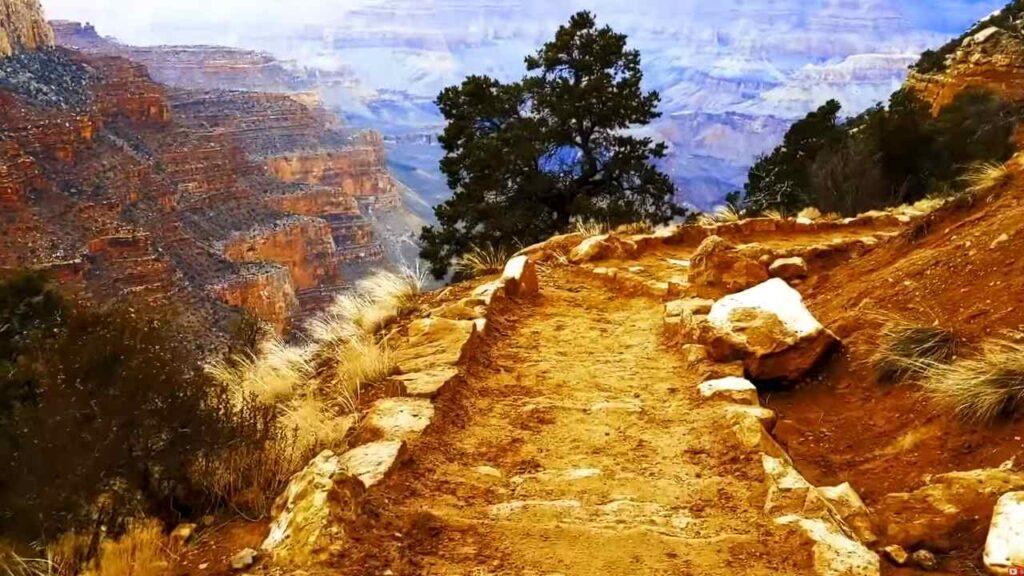
- Best time to visit: The best time to hike the trail is in the spring or fall, when temperatures are more pleasant and crowds are thinner. The trailhead is only accessible by car from mid-May to mid-October, depending on snow conditions In the summer, it is very hot and dry, so hikers should avoid hiking between 10 am and 4 pm and carry plenty of water.
Point Imperial:
This is the highest viewpoint on either rim, at 8,803 feet above sea level. It is located on the northern end of the North Rim and offers a sweeping view of the canyon and its eastern end. It also overlooks Mount Hayden, a prominent red spire that stands out from the surrounding landscape.
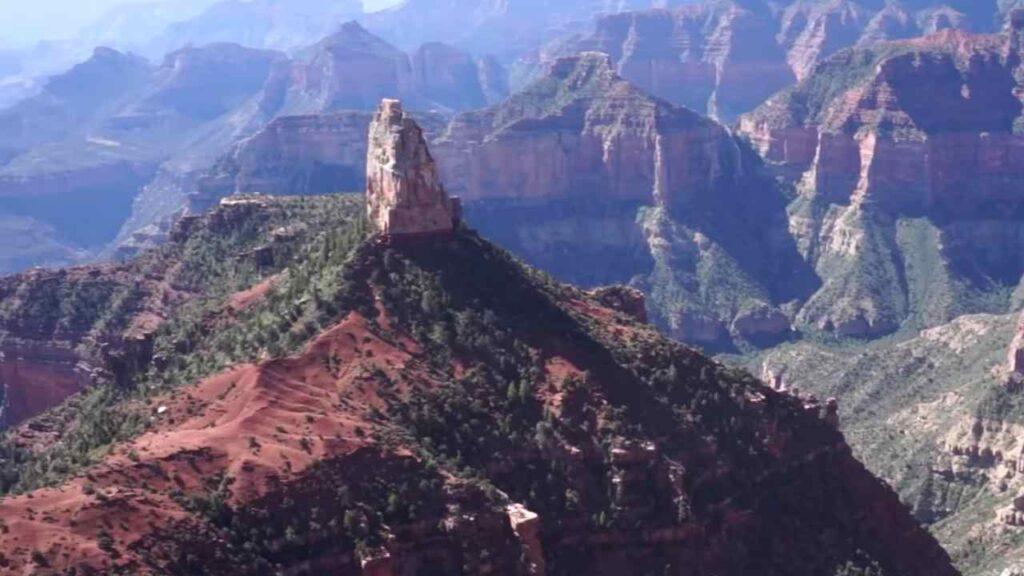
- Best time to visit: The best time to visit Point Imperial is between late May and early July, when the road is open and the weather is mild. The road to Point Imperial is closed from December 1 to May 15 due to snow conditions. In the summer, it can be very hot and dry, so visitors should bring plenty of water and sunscreen fall can also be a nice time to visit, but the colors may not be as vibrant as in the spring.
Colorado River:
This is the river that carved the Grand Canyon over millions of years and continues to shape it today. It flows for 277 miles through the park, from Lees Ferry to Pearce Ferry. It offers a unique perspective of the canyon from below, as well as opportunities for adventure and recreation. You can raft, kayak, or canoe on the river, or take a boat tour or a helicopter ride over it.
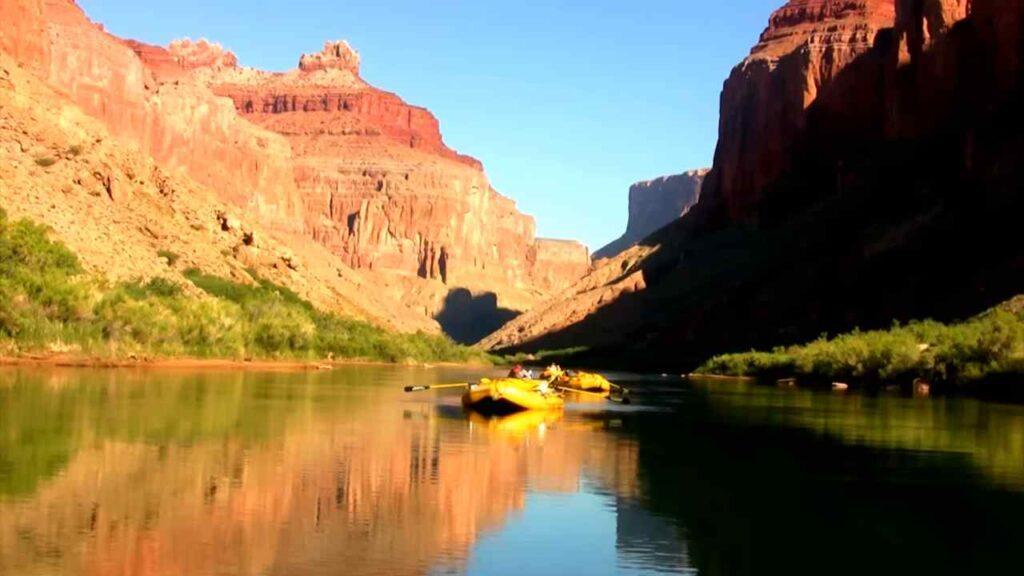
- Best time to visit: The best time to visit the Colorado River depends on what you want to do and where you want to go. The summer months from May to September are the most popular and comfortable for most activities, especially in the higher elevation. Summer can also be very hot, dry, and crowded in some areas, especially near the Grand Canyon.
- If you want to avoid the heat and the crowds, you may want to consider visiting in the spring or fall, when temperatures are cooler and more pleasant, and wildlife is more active. However, some attractions and services may be closed or reduced during these seasons, so check ahead before you go.
What to do:
The Grand Canyon National Park offers a variety of activities for visitors of all ages and abilities. You can explore the park on foot, by bike, by car, by boat, or by air. You can learn about the park’s natural and cultural history at visitor centers, museums, and ranger programs. You can camp, picnic, or stay at lodges and hotels within or near the park. You can also enjoy some special events and activities that are unique to the park. As examples, you can do these things:
- Hike: Enjoy the Grand Canyon’s beauty and diversity by hiking its trails. Choose from easy rim walks or challenging rim-to-rim hikes. Visit landmarks like Havasu Falls, Plateau Point, and Skeleton Point. Be ready for elevation, temperature, and dehydration. Get a backcountry permit for overnight camping.
- Bike: See more of the Grand Canyon by biking on its roads and trails. Bike paths and lanes are on Hermit Road and Yaki Point Road on the South Rim. Bike on Greenway Trail and Arizona Trail on the South Rim and Bridle Trail and Transept Trail on the North Rim. Bring or rent a bike and follow the park’s biking rules.
- Drive: You can drive or take a bus to see many views and attractions along the park’s roads. The South Rim and the North Rim have different scenic drives. You can also learn about the canyon’s history and culture. Check the traffic and parking before you go.
- Raft: You can raft down the canyon with a motor or without. Motor rafts are bigger and faster than non-motor rafts. Both rafts have rapids, side canyons, camping, and guides. You can pick how long you want to raft, from half-day to 25-day trips. You need to book or get a permit.
- Fly: You can fly over the canyon with a plane or a helicopter. Planes are bigger and higher than helicopters. Helicopters are smaller and lower than planes. Both flights have amazing views of the canyon and its features. You need to book or get a permit.
Where to Stay at Grand Canyon National Park:
The Grand Canyon National Park offers a variety of lodging options for visitors who want to stay inside the park and enjoy its natural beauty. You can choose:
Mather Campground: Mather Campground a large campground on the South Rim that has 327 sites with fire rings, picnic tables, flush toilets, and drinking water.
Trailer Village RV Park: The only in-park RV campground with full hookups, paved pull-through sites, and laundry facilities.Both of these campgrounds are operated by Xanterra Travel Collection and require reservations in advance.
Desert View Campground: A smaller campground near the Desert View Watchtower that has 50 sites with fire rings, picnic tables, vault toilets, and drinking water. This campground is operated by the National Park Service and also requires reservations in advance.
How do I get to Grand Canyon National Park?
Grand Canyon National Park is located in northern Arizona, about 80 miles / 129 km northwest of Flagstaff and 60 miles / 97 km north of Williams. The park has two main entrances: the South Entrance near the town of Tusayan, and the North Entrance near the town of Jacob Lake. The South Entrance is open year-round and is more accessible and popular than the North Entrance, which is closed from mid-October to mid-May due to snow. You can reach the park by car, bus, train, or plane.
What are the different areas of Grand Canyon National Park?
Grand Canyon National Park is divided into two main areas: the South Rim and the North Rim. The South Rim is the most accessible and visited part of the park, open year-round and offering many facilities, services, and attractions. The North Rim is more remote and less crowded, open from mid-May to mid-October and offering a different perspective of the canyon. Both rims have scenic drives, viewpoints, trails, lodges, campgrounds, visitor centers, and ranger programs. You can also explore the inner canyon by hiking, riding a mule, or rafting on the Colorado River.
Do I need a permit to hike or camp in Grand Canyon National Park?
If you plan to hike or camp below the rim of the canyon, you will need a backcountry permit from the Backcountry Information Center.You can apply for a permit online, by fax, by mail, or in person up to four months in advance of your trip. The permit fee is $10 per permit plus $8 per person or stock animal per night camped below the rim and $8 per group per night camped above the rim. They give out permits until they are gone, based on who applies first. You should check the availability and regulations before you apply.
Conclusion
Visiting the Grand Canyon National Park is a dream come true for many people who want to witness one of the most spectacular natural wonders of the world. The park offers a variety of ways to explore and enjoy the canyon, from hiking and rafting to camping and sightseeing. You can also learn about the rich history and culture of the park, which is home to 11 associated tribes and millions of years of geological formations.
Whether you choose to stay on the South Rim or the North Rim, you will find plenty of options for lodging, dining, and entertainment. The best time to visit the park depends on your preferences and availability, but you should always plan ahead and book early to avoid disappointment. Grand Canyon National Park is a place that will leave you breathless, amazed, and inspired.
